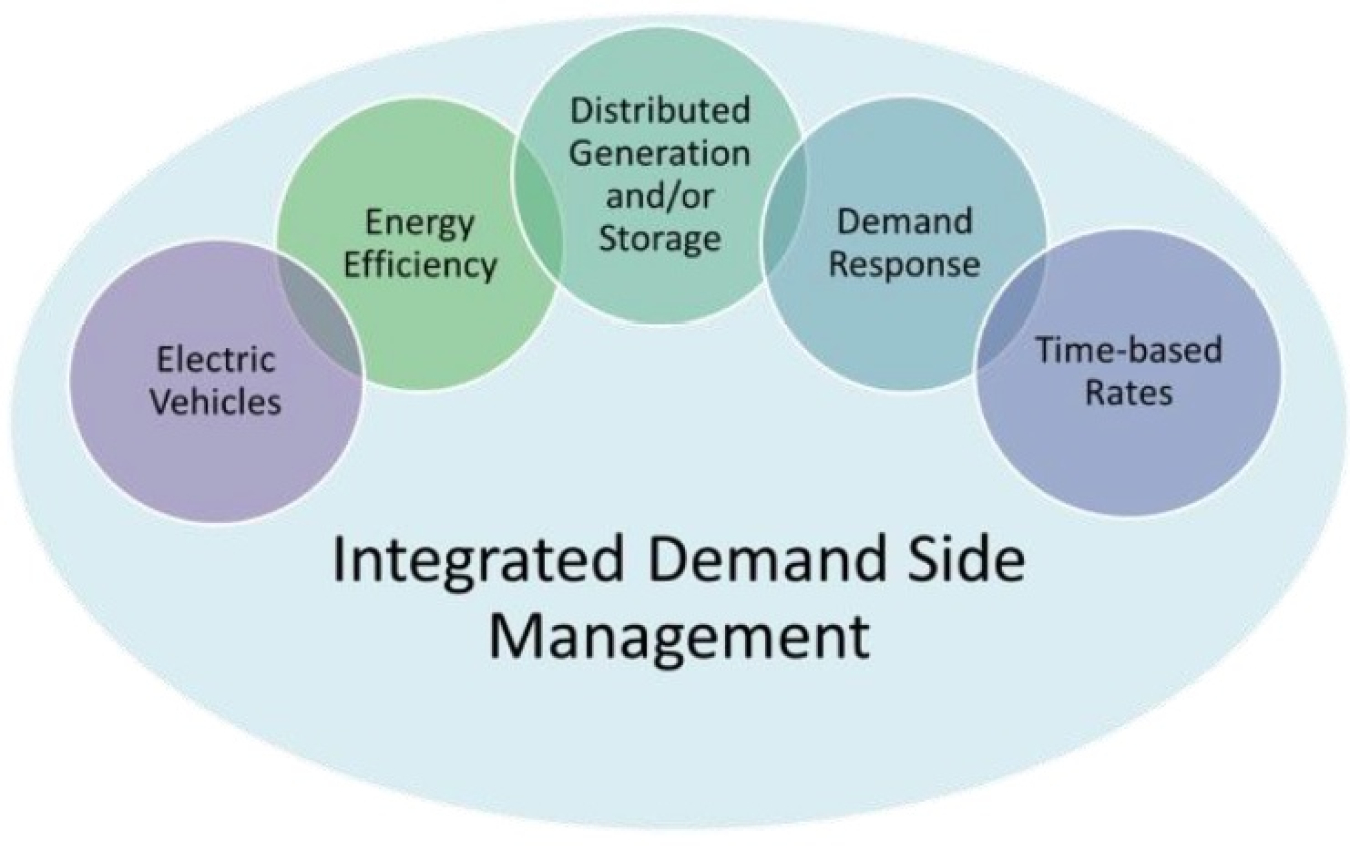This report explores recent electric utility experience with integrated demand-side management to provide an assessment of barriers and benefits.
February 14, 2018Some utilities offer integrated demand-side management programs, which offer three of the five demand-side management components—(1) energy efficiency, (2) demand response, (3) distributed generation and/or storage, (4) time-based rates, and (5) electric vehicles—for an integrated option that can provide existing customers with lower bills and reduce confusion about different demand-side program offerings. However, this approach is relatively new, and the electric industry’s limited experience deploying integrated demand-side management to date suggests that significant barriers may exist.
This report is a scoping study that evaluates the programmatic mechanisms for delivering integrated demand-side management programs and provides an updated assessment of the benefits and barriers to expanding and implementing them. The research draws on surveys and interviews of 11 staff of 8 utility and third-party administrators who are currently implementing or had previously attempted to implement an integrated demand-side management program or initiative. The study was conducted by Lawrence Berkeley National Laboratory and funded by the Strategic Priorities and Impact Analysis Team in the U.S. Department of Energy’s Office of Energy Efficiency and Renewable Energy.
Given the declining costs of integrated demand-side management measures and technologies, combined with the evolving grid needs, and the need to focus all demand-side management measures when and where they are needed on a temporal and locational basis, now is the optimal time for working to expand these programs and portfolios.


